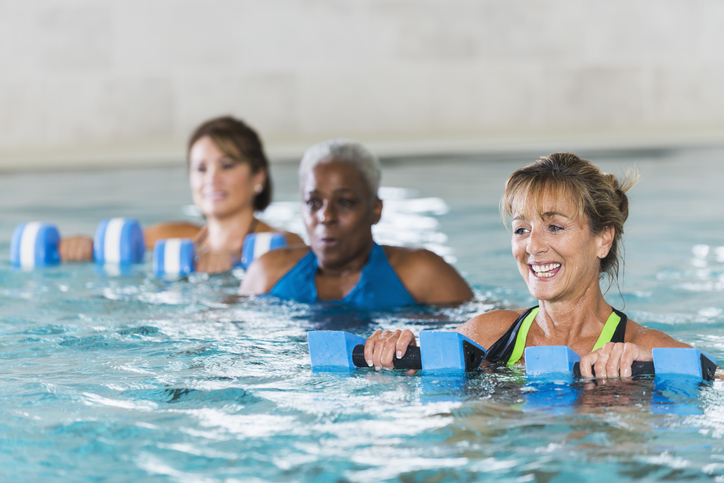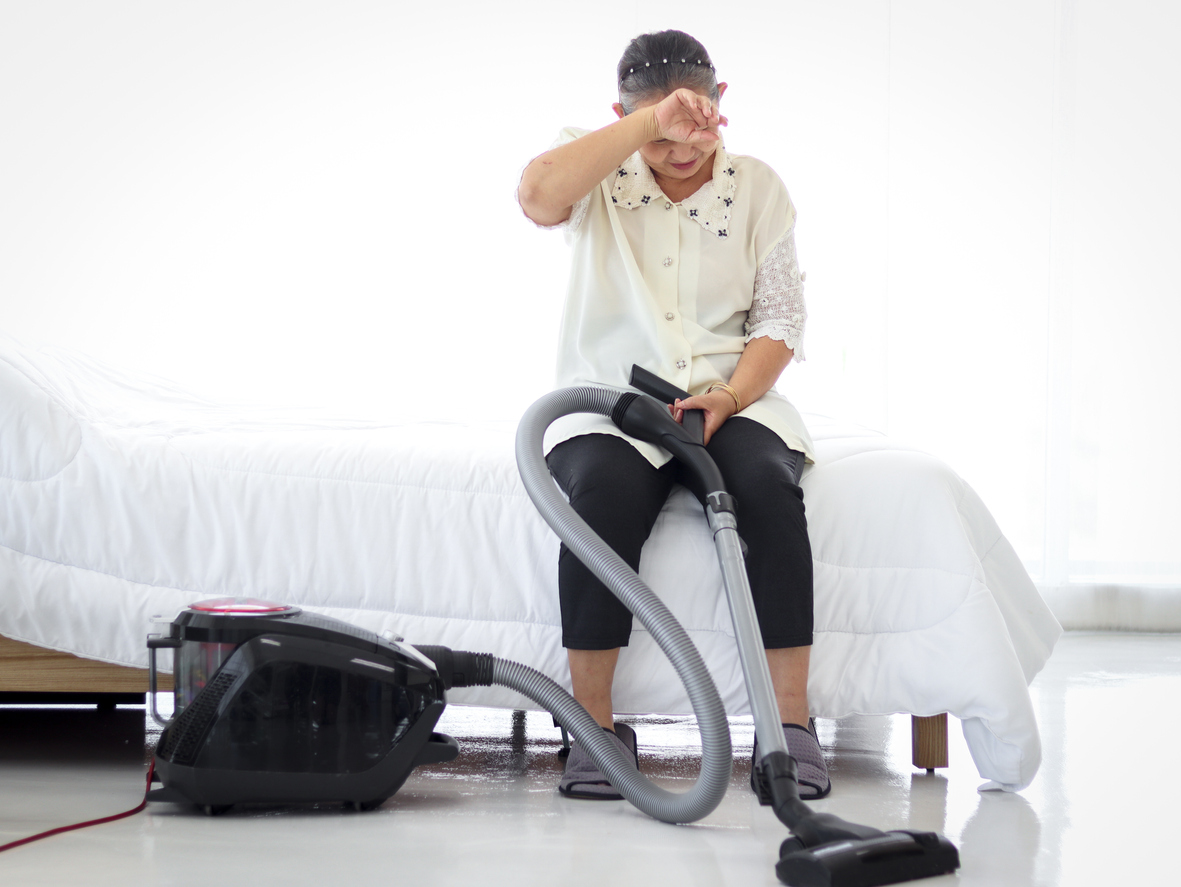Treatments
Water Therapy for Pain Management

What is water therapy?
Hydrotherapy, also known as water or aquatic therapy, involves the use of water for physiotherapy or therapeutic therapy. It promotes positive physical and mental health. Hydrotherapy consists of various water applications, temperatures and states (e.g., ice, liquid or steam).
Types of water therapy include sauna, aquatic physical therapy, warm water bath, immersion, sitz bath, and aquatic physical activities. Water therapy is helpful when a land-based physical activity is not feasible due to physical limitations, chronic pain, or decreased bone density.
Benefits
The properties of water make it a desirable method for physical activity. Benefits of water therapy include, but are not limited to, the following:
- Buoyancy, which supports weight
- Viscosity, which allows the gentle resistance to reduce risk of further injury
- Hydrostatic pressure, which helps maintain and enhance lung and heart function
- Treatment plans that are individualized
- Reduced stress on joints and muscles
- Strengthened arms and legs
- Improved gait and balance
- Decreased pain
- Increased flexibility
- Better circulation
- Less muscle spasms
- Improved mobility
Water therapy techniques
The most common techniques of participating in water therapy include, but are not limited to, the following:
- Activities involving floating or standing in the pool
- Spa therapy
- Conditioning while using flotation equipment, resistive devices, or surgical tubing
- Swimming
Water therapy activities
Physical activities in water therapy are diverse and can be tailored according to a person’s condition. Basic hydrotherapy activities include, but are not limited to, the following:
- Knee-to-chest
- Leg raise
- Wall-facing leg stretch
- Pool walking
- Quadruped activity
Spa treatments often accompany water therapy for the treatment of back pain. Relaxing in warm water loosens muscles and improves blood circulation. Consequently, the body becomes flexible and prepared for physical activities.
Combined therapies
If a back injury causes difficulty performing physical activities on land, water therapy can be used as a short-term option. It can also be incorporated into an ongoing physical activity program. People can switch back to physical activities on land once they finish with water therapy.
Few people find a combination of dry and wet activity environments highly beneficial. Aquatic activity is the best option for managing spine pain. A water medium provides an effective and safe method for spine pain management, while also improving functionality.


















